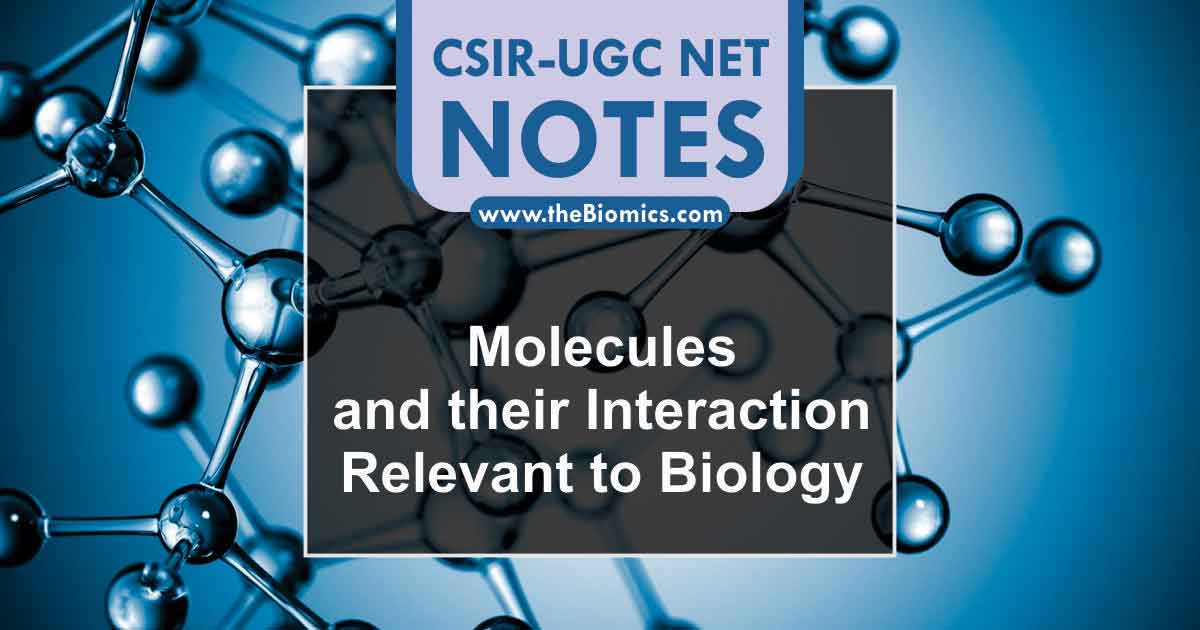
Unit 1- Molecules and their Interaction
Topics
- Structure
- Atoms
- Molecules
- Chemical bonds
- Composition, structure and function of biomolecules
- Carbohydrates
- Lipids
- Proteins
- Nucleic acids
- Vitamins
- Stabilizing interactions
- Van der Waals
- Electrostatic
- Hydrogen bonding
- Hydrophobic interaction
- Principles of biophysical chemistry
- pH
- Buffer
- Reaction kinetics
- Thermodynamics
- Colligative properties
- Bioenergetics, glycolysis, oxidative phosphorylation, coupled reaction, group transfer, biological energy transducers
- Bioenergetics
- Glycolysis
- Oxidative phosphorylation
- Coupled reaction
- Group transfer
- Biological energy transducers
- Principles of catalysis, enzymes and enzyme kinetics, enzyme regulation, mechanism of enzyme catalysis, isozymes.
- Principles of catalysis
- Enzymes and enzyme kinetics
- Enzyme regulation
- Mechanism of enzyme catalysis
- Isozymes
- Conformation of proteins (Ramachandran plot, secondary, tertiary and quaternary structure; domains; motif and folds).
- Ramachandran plot
- Secondary, tertiary and quaternary structure
- Domains
- Motif and folds
- Conformation of nucleic acids (A-, B-, Z-DNA), t-RNA, micro-RNA).
- A-DNA
- B-DNA
- Z-DNA
- t-RNA
- micro-RNA
- Stability of protein and nucleic acid structures.
- Stability of protein structures
- Stability of nucleic acid structures
- Metabolism
- Carbohydrates
- Lipids
- Amino acids
- Nucleotides
- Vitamins

